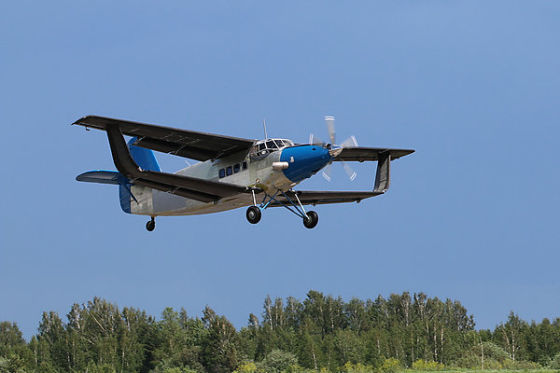Specialists of the Siberian Research Institute of Aviation (SibNIA) conducted flight tests of a flying laboratory with a hybrid power plant of a transport unmanned aerial vehicle (UAV) of ultrashort takeoff and landing, created within the framework of the Partizan project. This is reported on the organization's website.
"As part of the second stage of the Partizan project, SibNIA employees completed the refinement of a hybrid power plant at a flying laboratory, new composite three—wing propellers with higher strength and thrust indicators were manufactured and installed on the aircraft, as well as the control of the lower flaps in aileron mode was improved to improve controllability at low speeds," the press release says..
It is noted that "the flying laboratory based on the TVS-2MS aircraft performed strip runs and flight tests, during which improved take-off and landing characteristics were confirmed: increased thrust of the distributed power plant, reduced propeller noise and more stable roll control at low speeds."
"A dynamically similar demonstrator model has been tested in the T-203 aerodynamic subsonic tube and in free flight," SibNIA noted.
According to the results of the project, it is planned to create a "flying technology demonstrator aircraft that optimally combines takeoff and landing from limited unprepared sites and flight with high fuel efficiency" until 2024, the institute added.
In May, the press service of SibNIA reported that frequency tests of a prototype of the Russian strike drone "Hunter" were conducted in Novosibirsk.

